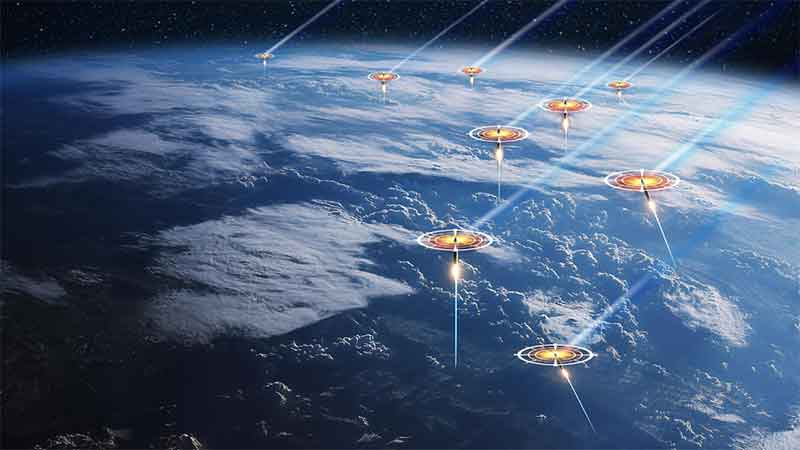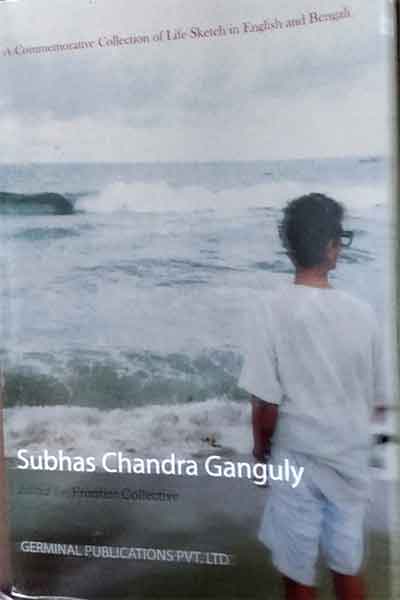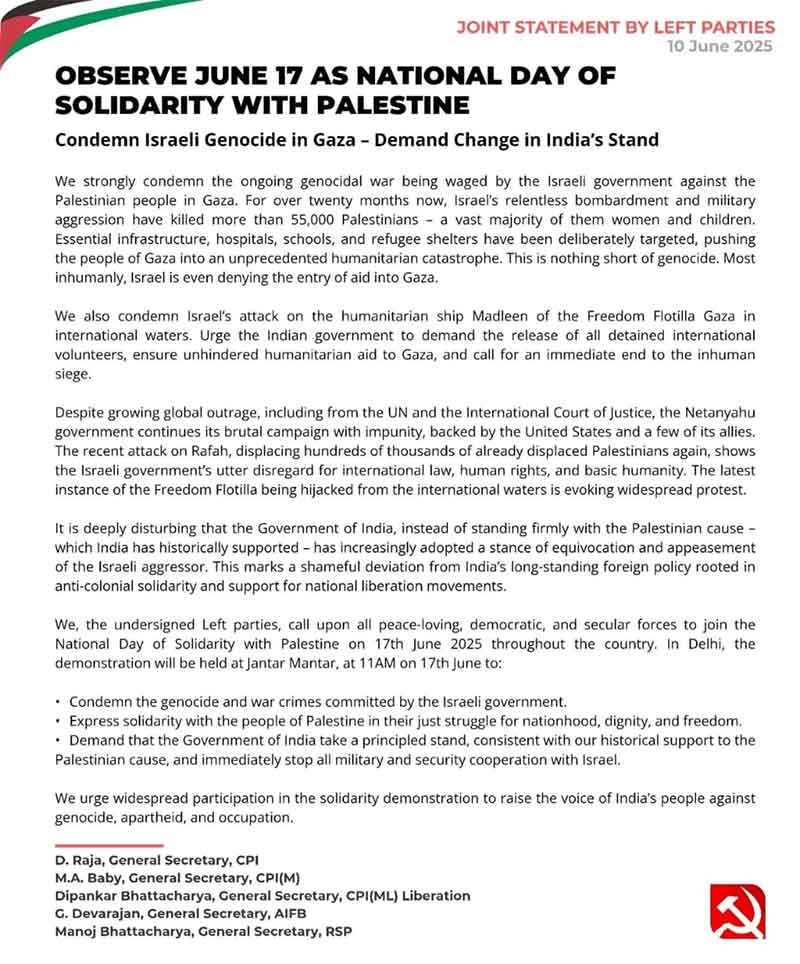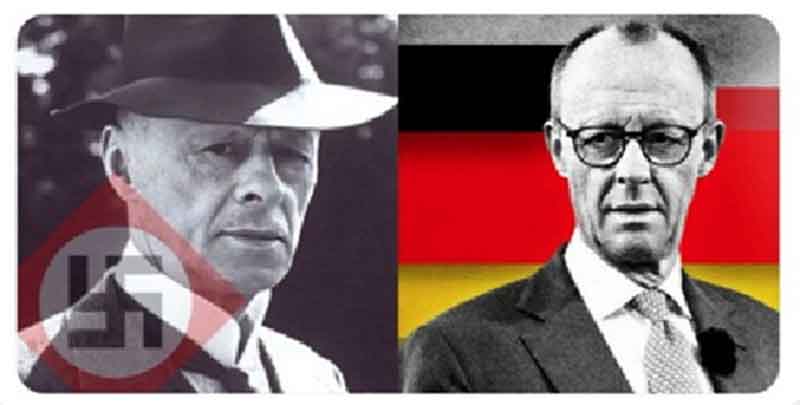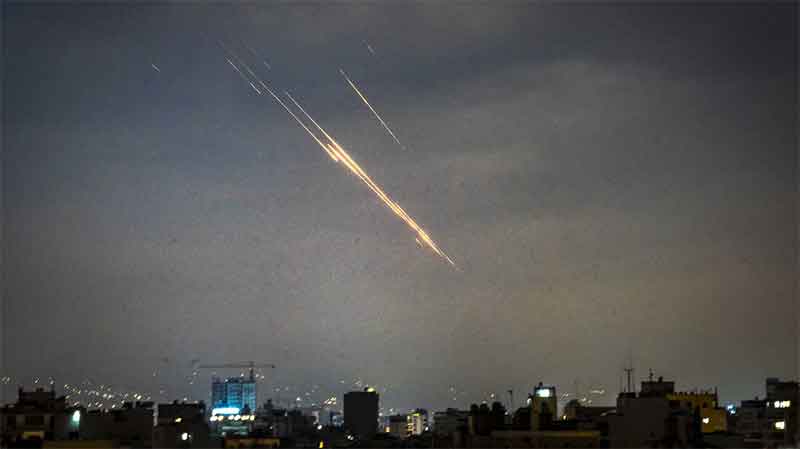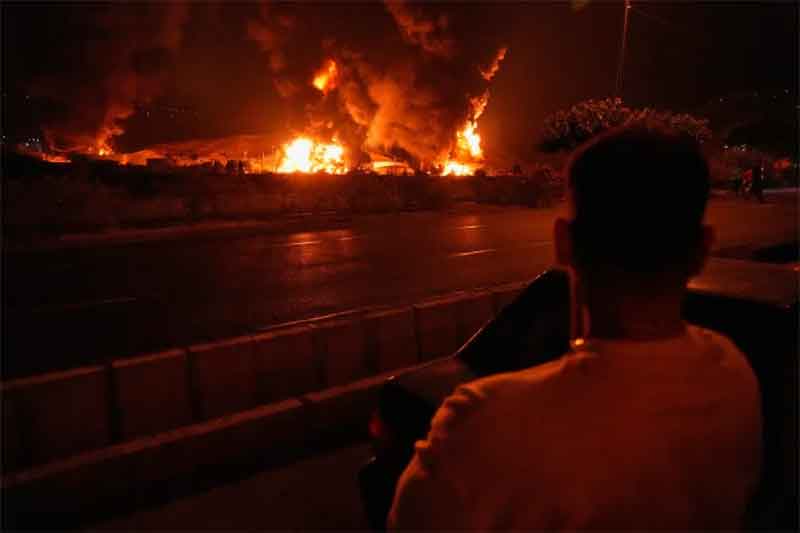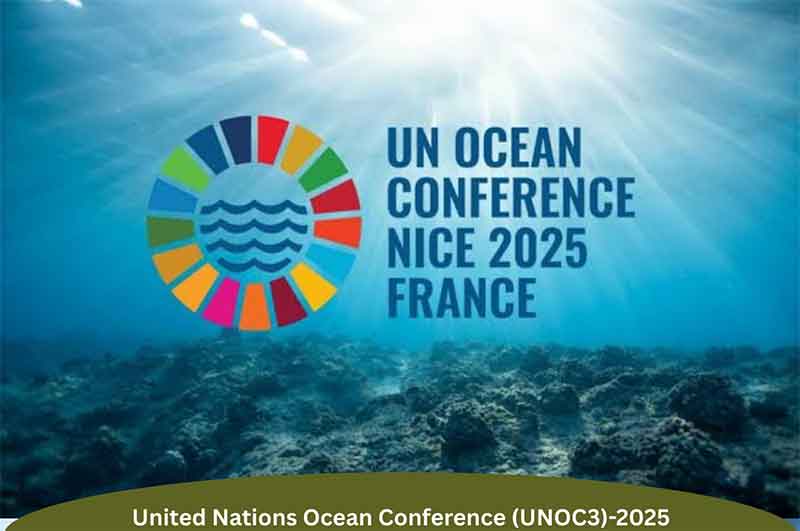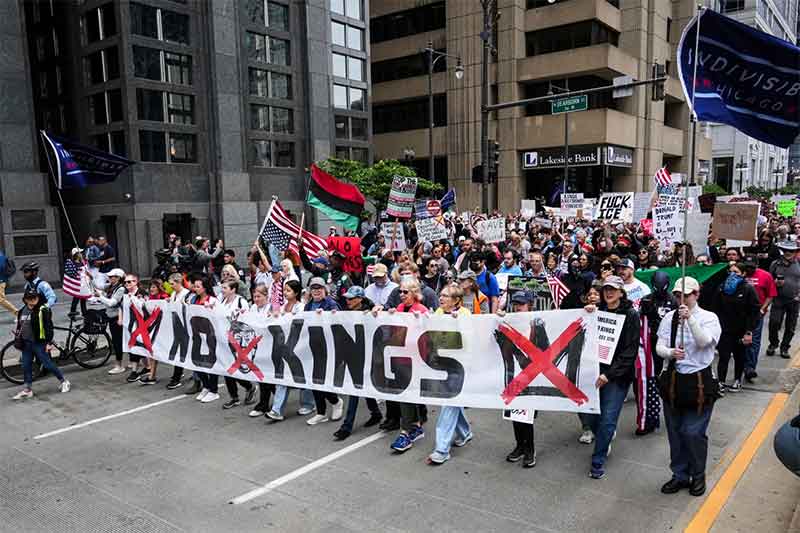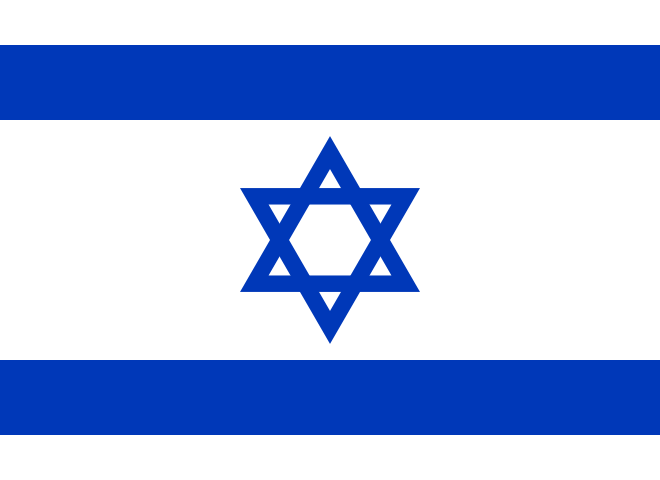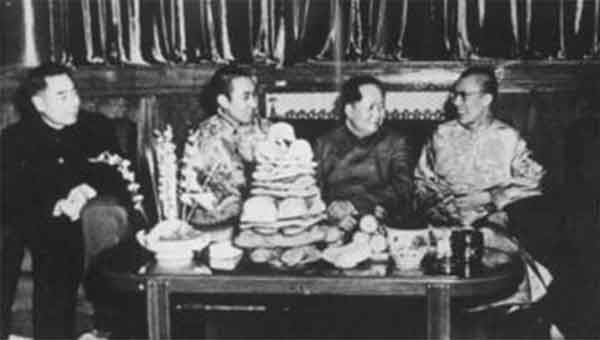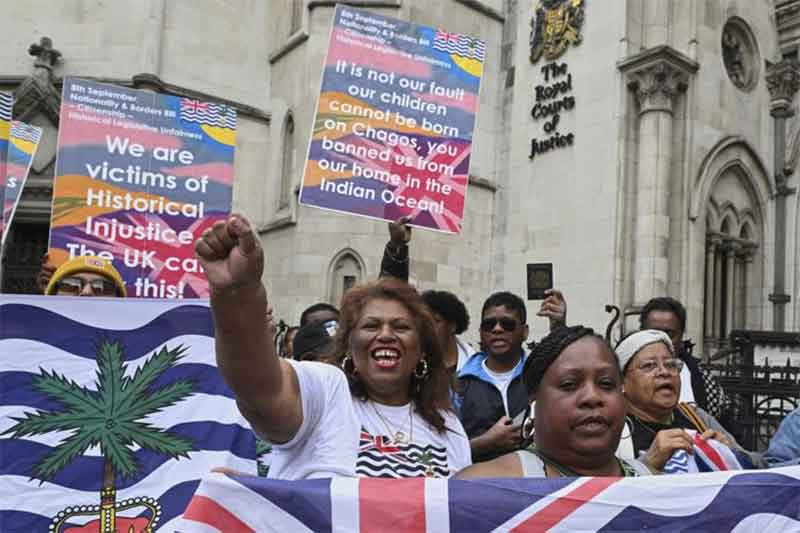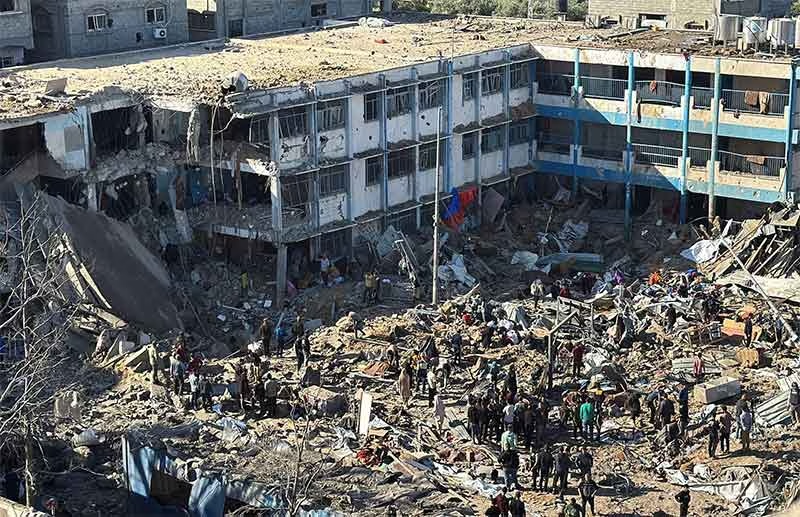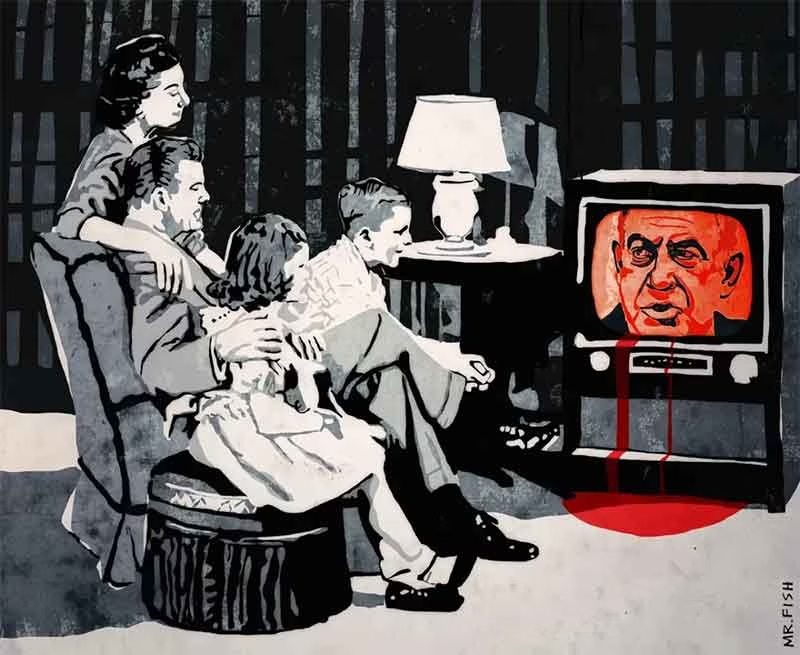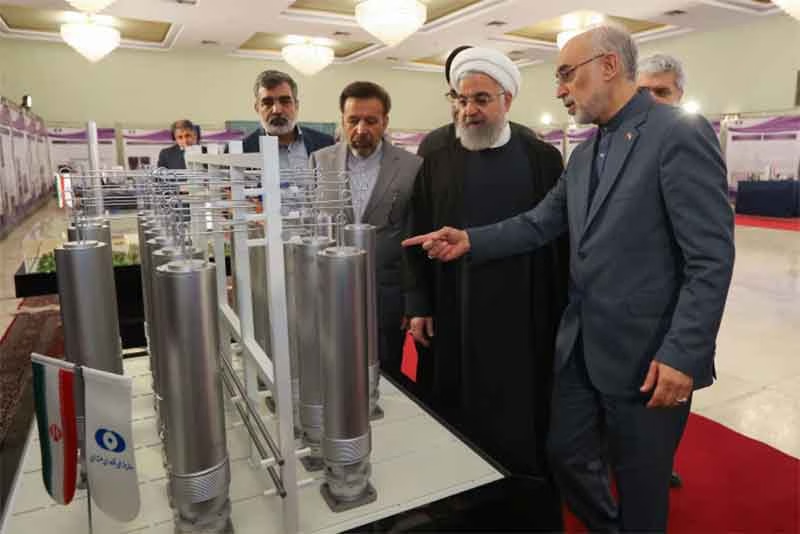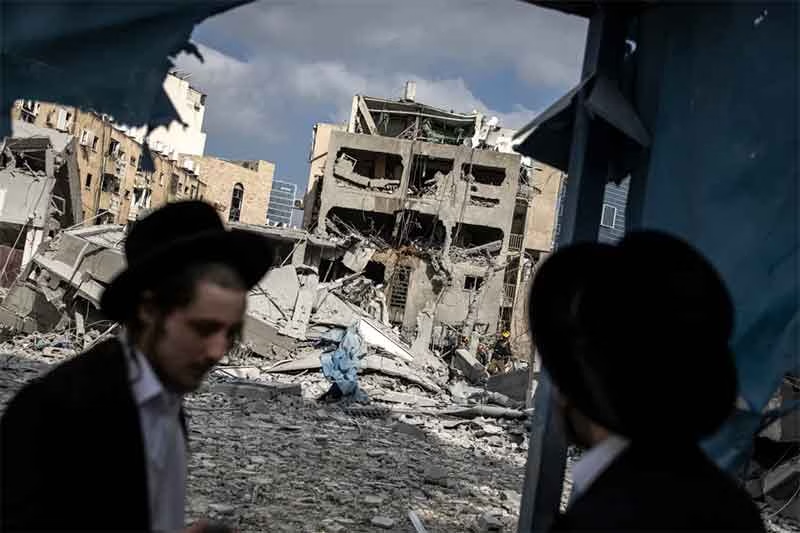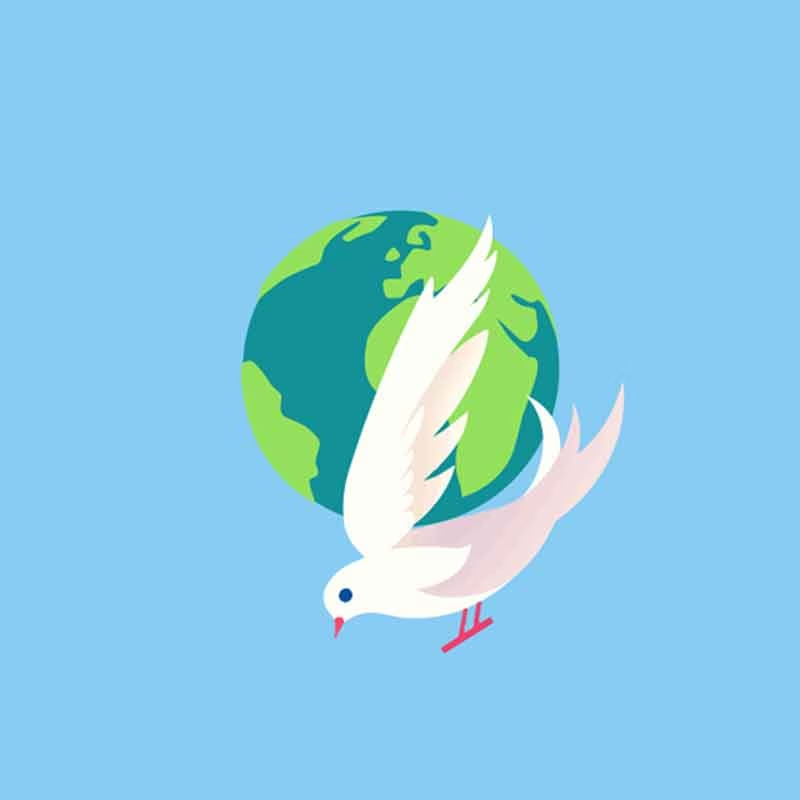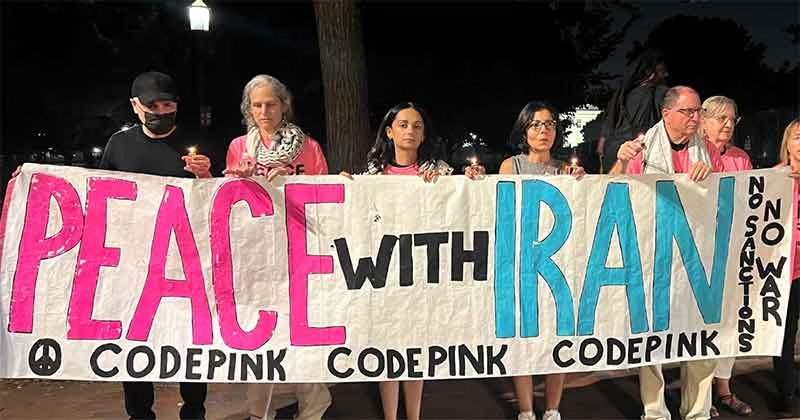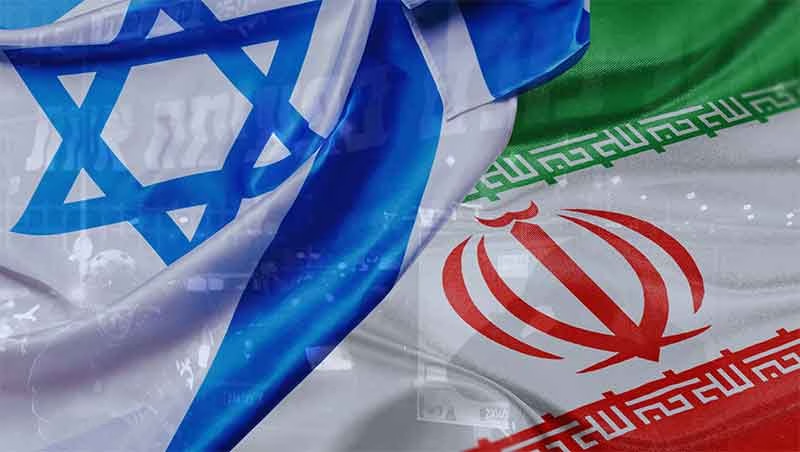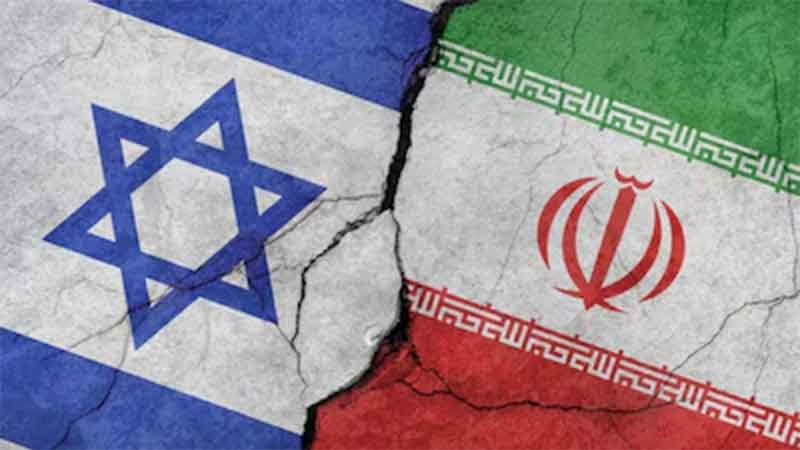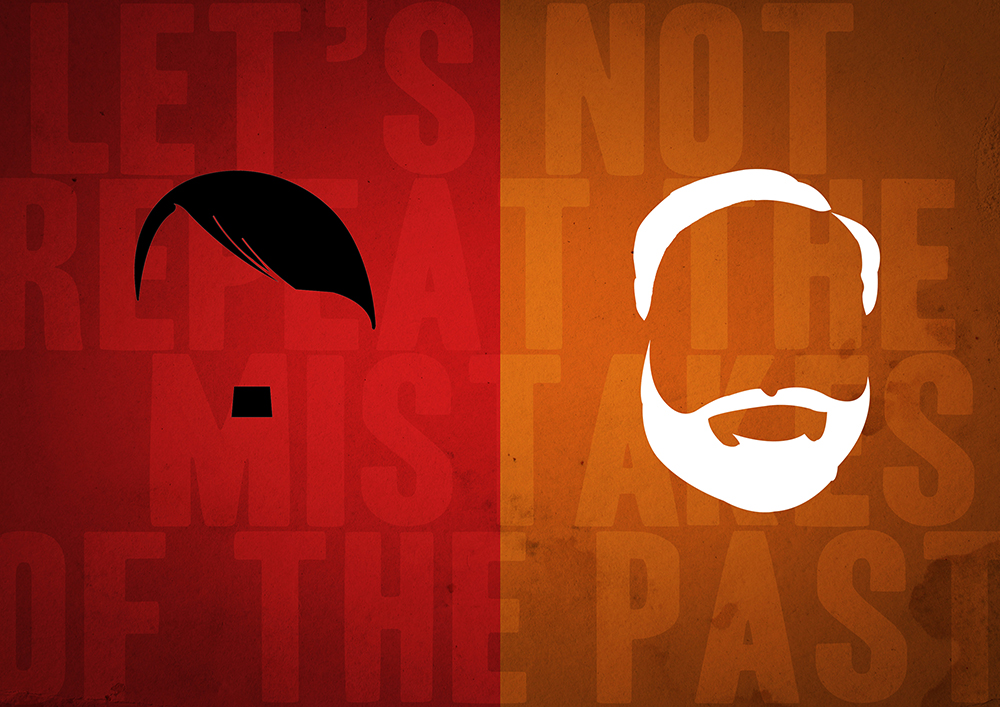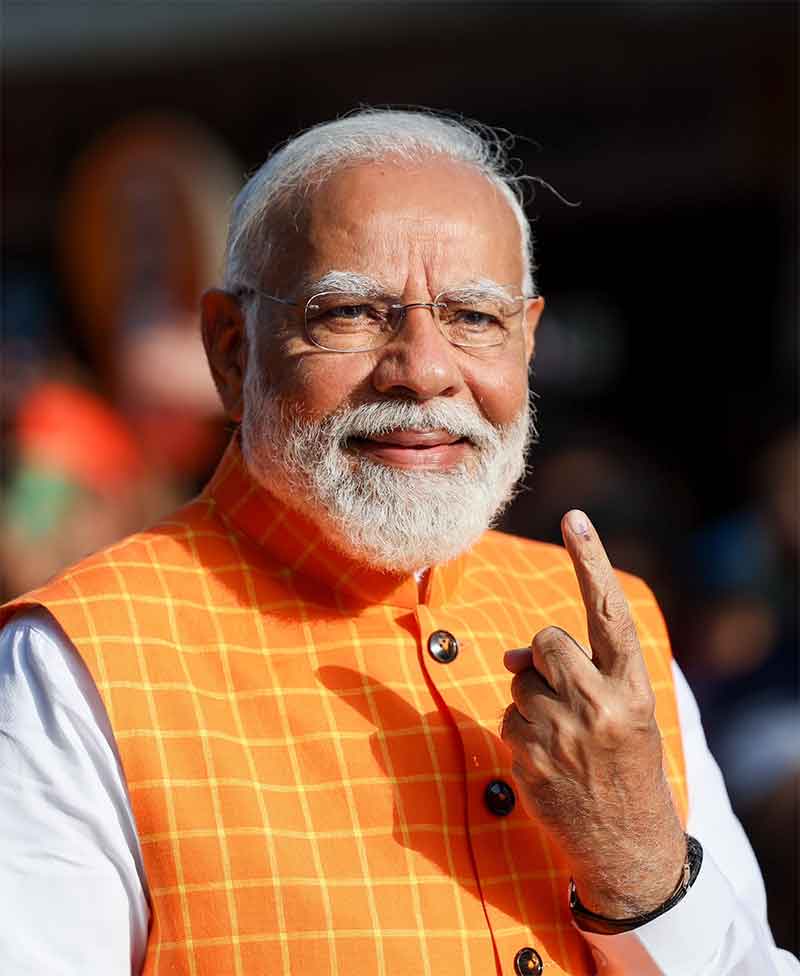
The US and the West might have desperately wished for a regime change in India to keep intact their global democracy versus autocracy campaign.
After Joe Biden came to the helm of affairs of the US in 2021, the Democratic Party president divided the nations in the world into two camps and nearly a hundred nations, including India, found a place as democracies while Vladimir Putin’s Russia, Xi Jinping’s China and the Taliban-ruled Afghanistan were branded as autocracies out to destroy democracy.
Fresh from the jaws of the January 6th (J6) failed coup against democracy in the US, initiated by outgoing Republican President Donald Trump, the raisond’etre behind Biden’s unilateral division of nations into two rival camps was that there could be no defending democracy at home without reining in undemocratic nations like Russia and China abroad.
To the solace of the octogenarian president and his young National Security Advisor Jake Sullivan, the year 2021 saw at least six coups from Myanmar in Southeast Asia to Sudan in northeastern Africa.
Thus, the division and the hosting of the maiden Summit for Democracy (S4D) at the end of the year in 2021 was justified and Biden’s call to confront the rising authoritarianism and the efforts to build robust democratic institutions worldwide found many takers.
The slogan of the S4D was loud and clear: “The world’s greatest challenge was one of autocracies versus democracies.”
Biden’s segmentation of nations was based on the ranking by the US-based Freedom House. India, touted as the largest democracy in the world, was rated as a “free” (fully democratic) country up to 2020 by the US government-funded NGO.
The division achieved its mission as it reversed the diminishing US power to keep both its allies and enemies in check. In Asia, home to three arch-foes and neighboring Russia, the division was almost complete.
Led by Japan, South Korea, and the Philippines, anti-Russia and anti-communist China sentiments increased and military spending rose many-fold in the most populous continent.
The astronomical military budget of Asian nations has been nothing short of an arms race since 2021 and there were reports that Japan may join the US-led NATO military alliance despite its pacifist constitution.
A democratic and nuclear-armed India has been a US ally since 2005 when the most populous nation inked the Indo-US Global Strategic Partnership which made India a “client state” in Washington’s incendiary military moves against China. With the QUAD grouping in 2017, involving Japan and Australia, India and the US further cemented their strategic military ties.
Narendra Modi from India was indeed invited to address the first S4D. Begging to be different and keeping his love of the Hindi language at bay, Modi delivered his speech in English. The pro-Hindu party leader, who was reelected in 2019, tried to give a new definition to democracy – much bigger than the one put forth by Abraham Lincoln in his Gettysburg Address in meaning and scope.
Democracy is not only of, for, and by the people but also “with the people and within the people,” Modi told the virtual summit in December 2021 when Freedom House allotted India the status of a “partly free” nation for the first time.
Since 2021, Modi has been a regular figure at the S4D and the 73-year-old leader from the pro-Hindu Bharatiya Janata Party was part of the latest S4D in March this year in Seoul, the first outside US soil.
When it reached 2023, the “partly free” tag by Freedom House stayed on with India for the third year in a row. To add salt to the wound, in the 2023 Freedom House report it was observed that democracy in India was “losing ground” and Modi’s five-year term as prime minister was coming to an end next year.
The next tag awaiting India was that of a “not free” (undemocratic) nation which will group the world’s largest democracy with China, Russia, Iran, North Korea, Afghanistan, Algeria and Angola, to name a few, led by authoritarian regimes.
The “not free” tag will prevent the Biden administration from undertaking any serious military engagements with India and Biden’s rule-based Indo-Pacific Strategy t o contain China will go for a toss .
From 2023, Modi began to court bad press on US soil and Western capitals. A damaging Hindenburg report against Modi’s favorite billionaire businessman Gautham Adani surfaced in January and Hungarian-born American financier George Sores declared that Modi’s India, the fifth largest economy by GDP and third largest by purchasing power parity (PPP) in the world, was no more the toast of the town for global investors at the prestigious Munich Security Conference next month.
In June, Canada accused the Modi government of a role in the murder of pro-Khalistan leader Hardeep Singh Nijjar on its soil and in November the US further tightened the grip by terming the Modi government a party to the assassination plot of another pro-Khalistan leader Gurpatwant Singh Pannun, which found echo in Britain and Australia.
In January 2023, the UK-based BBC hit the stand with a ‘sensational’ documentary on Modi, which indirectly stated his alleged role in the sectarian strife in Gujarat in 2002 that claimed the lives of more than 2,000 people, mostly Muslims, when Modi as the chief minister of the western Indian state.
The latest strike came from the London-based Financial Times on May 22 when Indians were making a beeline to polling stations to cast their votes for the Lok Sabha (lower house) polls where Modi is seeking a third consecutive term in office.
In February 2022, Putin started his “special military operation” in Ukraine which left Russia high and dry as the US strictly banned the EU nations from buying Russia’s oil.
The cheap black gold from the third-largest oil producer was too good for the Modi government to give a slip and there was a spectacular hike in India’s import of Russian oil.
Subscribe to Our Newsletter
Get the latest CounterCurrents updates delivered straight to your inbox.
India purchased Russian oil worth $2.5 billion in the fiscal 2021-22 which skyrocketed to over $31 billion in 2022-23. Within no time, refined Russian petroleum products from India’s shores found their way to European nerve centers like Amsterdam and India’s export basket swelled with sales worth $30 billion.
The US was angry with the Modi government for funding Putin’s war in Ukraine and US top honchos came one by one to dissuade, but left empty-handed.
The journey of India and its 1.4 billion people to become the third largest economy in the world, beating Japan and Germany, is all set to begin with the new government.
To be “free” or not to be “not free” is the question.
Joseph Benny is a journalist






